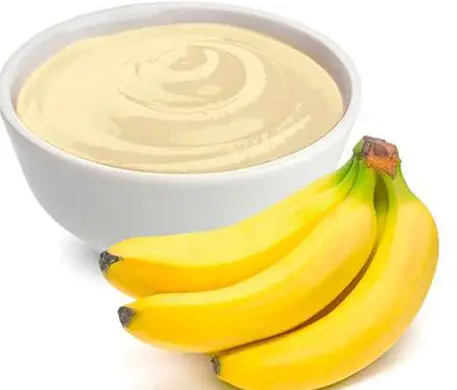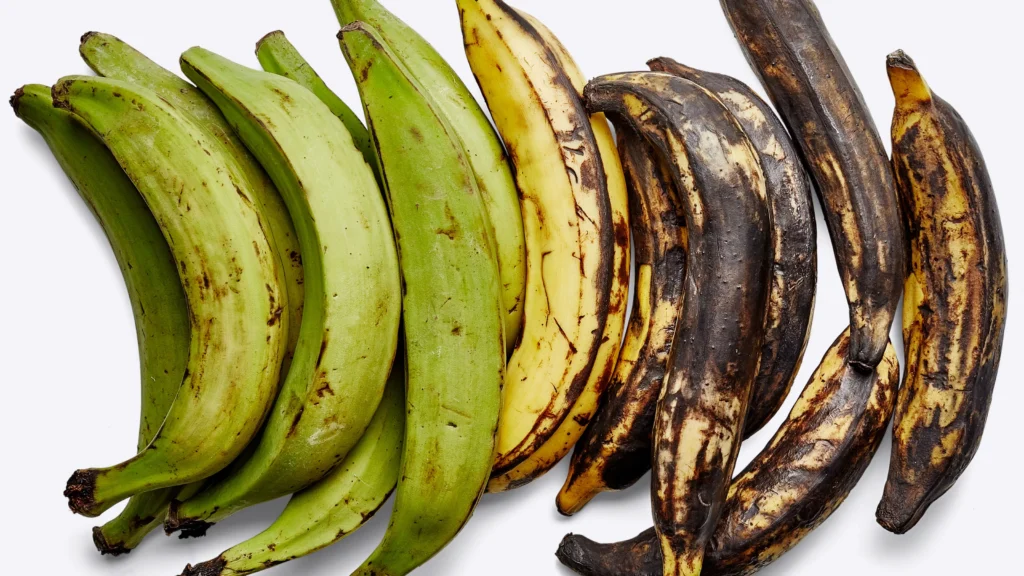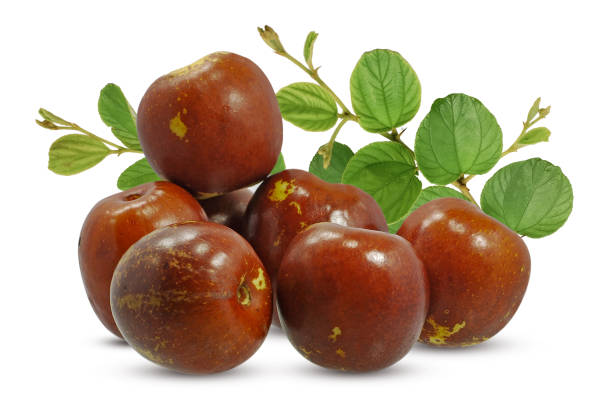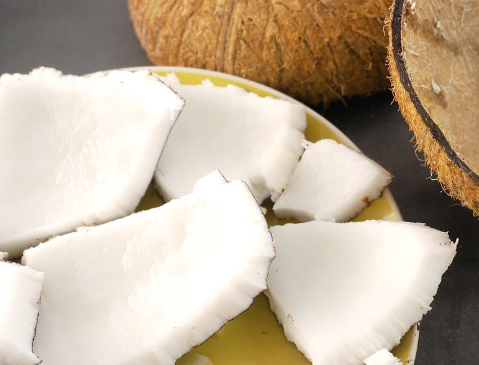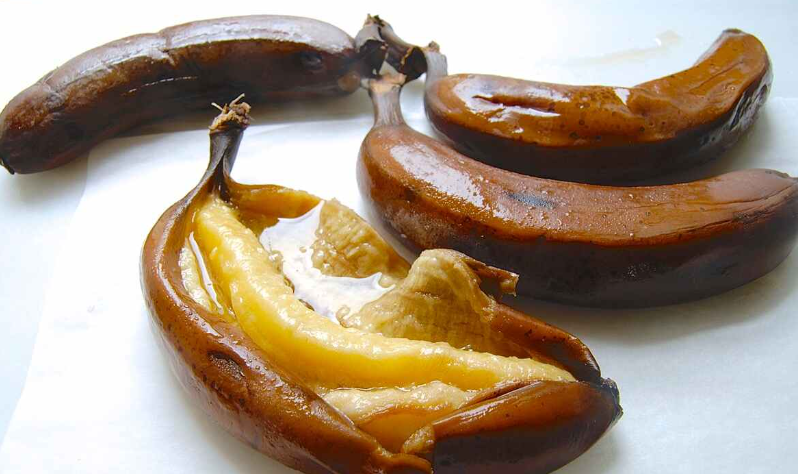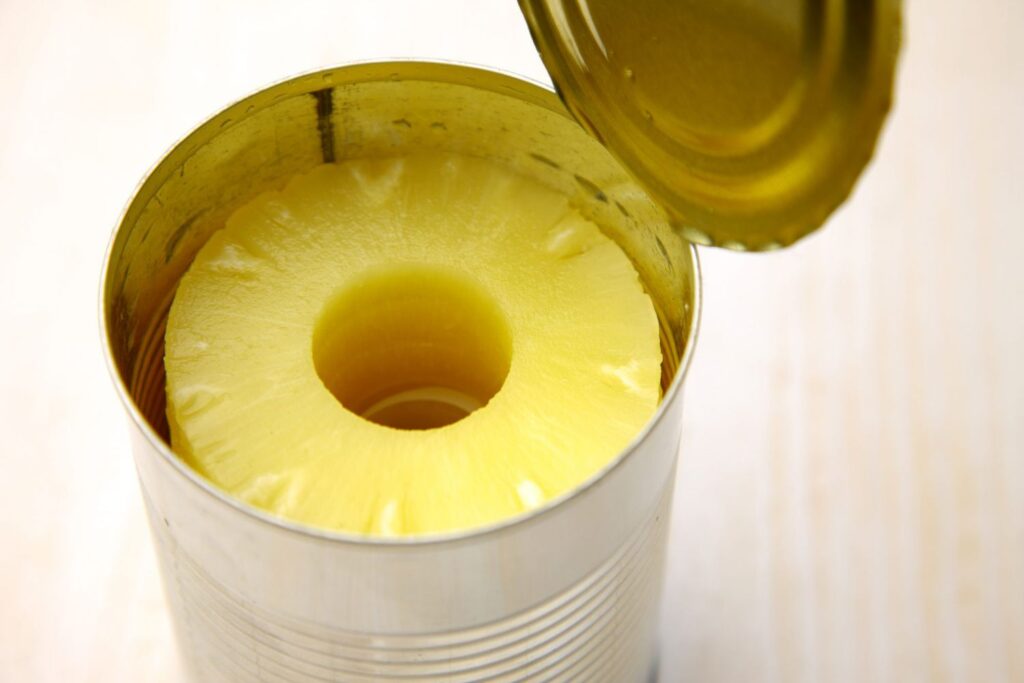Shredded coconut adds a delicious touch to cakes, smoothies, and sweets. After you open a package, you might wonder how long it will stay good. Knowing the right way to store it can help it last longer. In this detailed guide, we’ll talk about the lifespan of shredded coconut, the best ways to keep it fresh, and how to spot when it’s no longer good to use.
Table of Contents
How Long Can You Keep Shredded Coconut?
How long shredded coconut stays fresh can change based on if the packet is open or closed and how you store it. Here are some general ideas:
Unopened Shredded Coconut:
When you keep it the right way, a sealed bag of shredded coconut can still be good for several months or up to a year after the “best by” date. Just make sure to check the expiry date before you use it.
Opened Shredded Coconut:
Shredded coconut that’s been opened doesn’t last as long. Try to use it within six months, keeping it in a place that’s both cool and dry.
What Makes Shredded Coconut Go Bad Sooner?
Various things can affect how quickly shredded coconut will spoil. Here’s what you need to know to keep it fresh for as long as you can:
- Coconut Types: The freshness can depend on the type of coconut used. Ones that are older have thicker shells and last longer.
- How It’s Made: Depending on how shredded coconut is processed, which sometimes includes preservatives, its lifespan can differ. When shopping, think about how it’s been treated.
- Package Quality: Pick packaging that’s well-sealed and keeps out dampness to reduce the risk of spoilage.
- Storing Right: Keep it in a cool, dry area away from sunlight and moisture. Using the refrigerator or freezer can also help it stay good for a longer time.
Keeping these four key factors in mind can help you maintain the goodness of your shredded coconut and prevent throwing food away.
How to Tell if Your Shredded Coconut has Spoiled
- Bad Smell: A strange or sour scent means the coconut is no longer good.
- Color Change: If it looks yellow or brown instead of white or creamy, that’s a bad sign.
- Getting Wet: If the shredded coconut feels wet, that’s not a good thing.
- Mold: Moldy coconut should not be eaten – if you see any, throw it away!
- Weird Taste: If it tastes off or sour, it’s past its best.
Knowing these warning signs will help you to avoid eating bad shredded coconut and keep you from getting ill. If anything seems off, it’s better to get a new bag than risk it.
Best Ways to Store Shredded Coconut
- Tight Containers: Store your shredded coconut in a sealed container, like those made from glass or plastic with secure lids. Make sure the container is dry before you use it.
- Cool and Dark Places: A spot away from light and heat, with temperatures between 60°F to 70°F, is ideal.
- Keep Moisture Out: The fridge or freezer might seem like good options, but they can lead to clumps and mold because of dampness.
- Vacuum Sealing or Mylar Bags: If you want your shredded coconut to last a very long time, try vacuum sealing it or putting it in a Mylar bag. These keep out all air and moisture.
If you follow these tips, your shredded coconut can stay in the best shape for making tasty treats.
To Wrap Up
The freshness of shredded coconut is influenced by things like the sort of coconut, how it’s processed, the type of packaging, and where you keep it.
For the longest shelf life, use a good container, store it in a place that’s not too warm or bright, and avoid damp areas. Staying away from moisture is especially important because it can make coconut spoil quickly.
Watch out for any signs of spoiling like changes in color, moisture, mold, a strange smell, or taste. These are all clues that it’s time to toss the coconut out.
By looking after your shredded coconut with these storage and care tips, you’ll be able to keep it for longer and keep enjoying it in all your favorite foods. So, take good care of your coconut and make the most of its sweet and nutty flavor.

